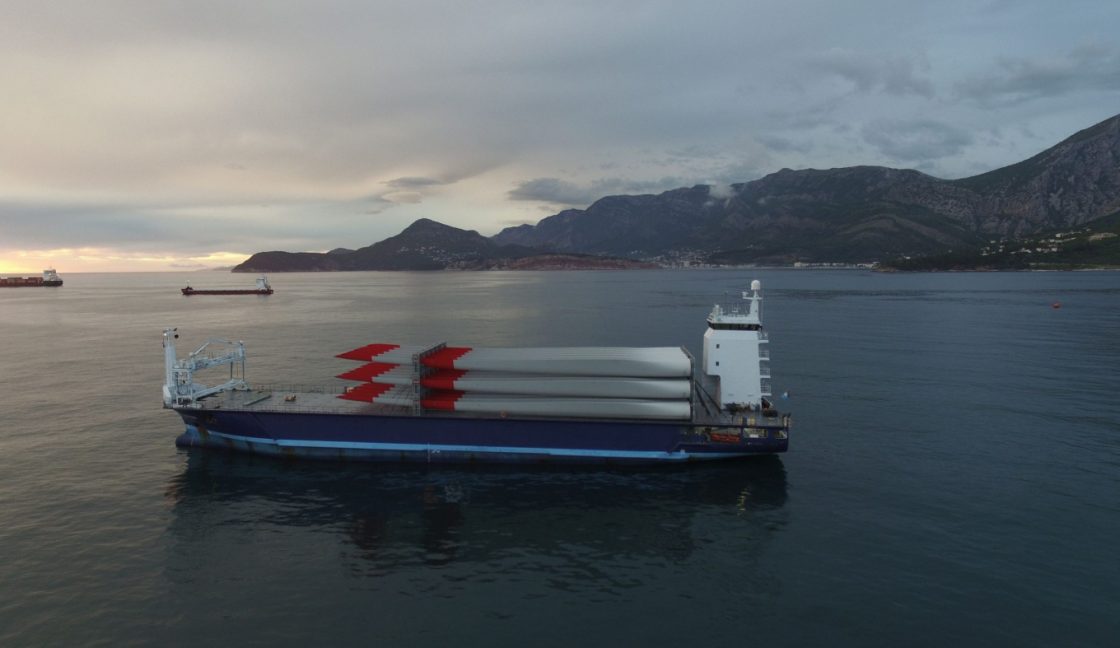
State of the Climate: Trying to beat the clock
Russia’s invasion of Ukraine illustrates that most countries still heavily depend on fossil fuels. This dependency affects countries’ ability to function and to provide essential services for their populations.
The COVID-19 recovery has largely been a missed opportunity for climate progress, and we are again at a crossroad. We can use this external shock to improve how we heat, move, and live sustainably, or we can continue supporting our current and dangerous fossil system. This sustainable transformation’s importance and urgency have never been clearer – not only to save our climate but for our future society and peace.
Expansion of renewables and energy savings are the backbones of decarbonisation.[1] In 2022, renewable energy (RE) supply grew significantly because of falling costs. The World Energy Investment Report 2022 shows RE comprising the majority of energy sector investments. Investments in fossil fuels, meanwhile, did not rebound to pre-pandemic levels.[2]
These positive developments and trends could trigger an upward spiral supporting a sustainable and just transition. Yet there is a persistent and critical need to use all available opportunities and to halt all support for fossil fuels. Recent developments show that fossil infrastructure is growing in response to the energy crisis. Countries must phase out fossil fuel subsidies and redirect their investments to avoid undermining efforts to increase the low-carbon energy supply. Energy demand reduction in developed countries and energy efficiency improvements in developing countries are also imperative for supporting the energy transition.
Fossil fuel production: The elephant in the room
Fossil fuels account for over 75% of all anthropogenic greenhouse gas (GHG) emissions.[3] Therefore, curbing fossil fuel extraction and production is a vital part of the solution. Countries extracting and profiting from selling fossil fuels to others should be subject to increased scrutiny.
Rather than decreasing fossil fuel production, governments are planning to, by 2030, produce twice the amount of fossil fuels globally than what is consistent with limiting global warming to 1.5°C.[4] The nine largest coal-procuring countries [5] account for 90% of global coal production.[6] While countries such as France, Costa Rica, and Denmark have introduced or scheduled moratoriums on fossil fuel exports, others such as Mexico and Saudi Arabia plan to increase their exporting capacity. [7],[8],[9] Instead of focusing its investments on RE, the G20 nations have added nearly USD300 billion towards fossil fuel activities since the COVID-19 pandemic began.[10] These investments are at risk of becoming stranded assets and locking in additional fossil fuel use.
The CCPI has decided to flag the 17 countries responsible for a large share of fossil fuel production. These countries belong to the top 20 oil and gas producers, top nine global coal producers, and/or plan to increase annual production of fossil fuels by 2030. To keep the Paris Agreement promises in reach, no new permits for fossil fuel extraction should be handed out, and no new fossil fuel infrastructure switched on. Countries must stop investing in fossil fuels and they must expand their investments in RE.
A long road to go, but with little time
In 2021, the countries we assessed in the CCPI accounted for 92% of all GHG emissions. The graph below shows the development of some of the key economic indicators. Some notable findings are:
- Since 2000, GHG emissions grew globally by over 40%. After a drop in 2020 due to the pandemic, 2021 saw a rebound.
- GHG per capita shows relatively even development over the last 20 years. This is because, together with emissions, population also grew. Countries such as the US (16.6 t per capita) and Canada (17.9 t per capita) are among the countries with the highest per capita emissions, whereas India (2.2 t per capita) and the Philippines (2.3 t per capita) are substantially lower.
- The growth of renewables has increased steadily since 2000, which is a good sign. Yet simultaneously, the energy supply is also rising, which leads to a current share of barely 17% of RE in the energy supply.
- From all indicators shown in the graph, GHG per GDP is the only one continuously falling. This means a steady relative decoupling of energy supply from GDP. A decarbonisation trend would be visible only if the carbon intensity of the energy supply also decreased – it currently is flat.
To keep 1.5°C within reach and prevent dangerous climate change, countries must halve their emissions by 2030. Only if we use significantly less energy and more renewable sources is this target reachable.
References:
[1] Zissler, R. (2022), In the Energy Crisis Renewable Energy Phenomenally Grows, Fossils and Nuclear Decrease.
Available at: https://www.renewable-ei.org/en/activities/column/REupdate/20221006.php.
[2] IEA (2022), World Energy Investment 2022. Available at: https://www.iea.org/reports/world-energy-investment-2022/overview-and-key-findings.
[3] Piggot, G. and Erickson, P. (2022), Fossil fuel export as a climate policy problem.
Available at: https://doi.org/10.1016/B978-0-12-824046-5.00013-8
[4] Zissler, R. (2022), In the Energy Crisis Renewable Energy Phenomenally Grows, Fossils and Nuclear Decrease.
Available at: https://www.renewable-ei.org/en/activities/column/REupdate/20221006.php
[5] India, Germany, Indonesia, China, South Africa, Poland, United States, Russia, Australia
[6] Kelly Trout et al. (2022), Existing fossil fuel extraction would warm the world beyond 1.5 °C.
Available at: https://iopscience.iop.org/article/10.1088/1748-9326/ac6228/pdf.
[7] Stockholm Environmental Institute (2022), The Production Gap.
Available at: https://productiongap.org/wp-content/uploads/2021/11/PGR2021_web_rev.pdf;
[8] Piggot, G. and Erickson, P. (2022), Fossil fuel export as a climate policy problem.
Available at: https://doi.org/10.1016/B978-0-12-824046-5.00013-8
[9] Kühne, K. et al. (2022), “Carbon Bombs” – Mapping key fossil fuel projects.
Available at: https://doi.org/10.1016/j.enpol.2022.112950
[10] Stockholm Environmental Institute (2022), The Production Gap.
Available at: https://productiongap.org/wp-content/uploads/2021/11/PGR2021_web_rev.pdf;df
Authors